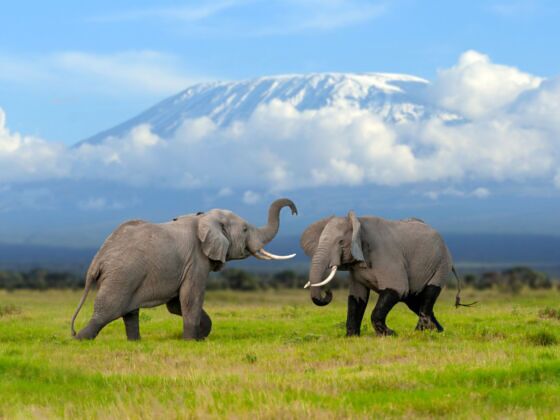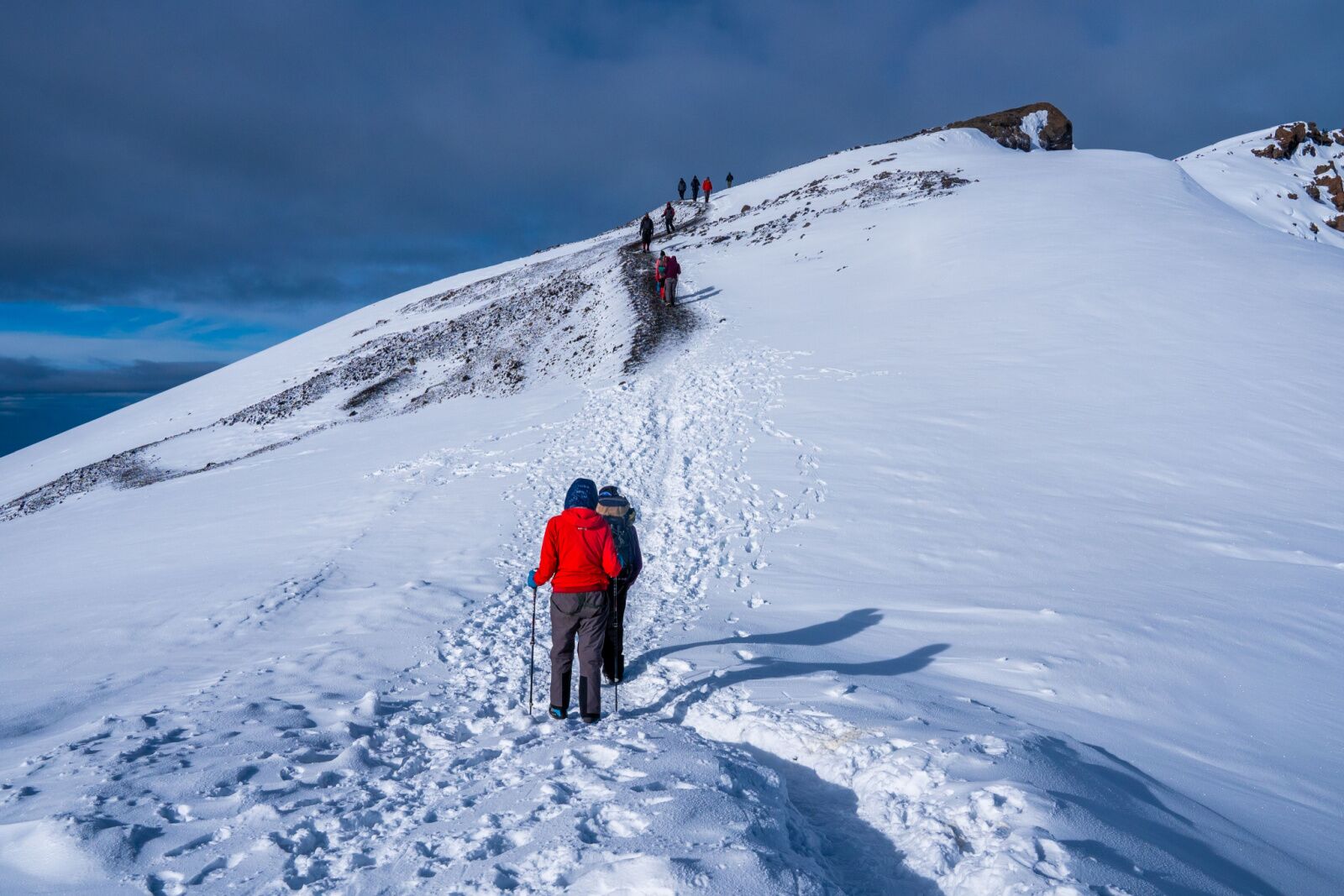Pretty soon, you may be able to check in on your favorite social media app from Africa’s highest peak.
An announcement from Tanzania’s Minister of Information, Communication and Information Technology on August 16 is bringing both cheers and grumbles from alpinists and hikers around the world.
“I am hoisting high-speed internet communications (broadband) on the Roof of Africa. Tourists can now communicate worldwide from the summit of Mount Kilimanjaro,” Minister Nape Nnauye said in a tweet on August 16. WiFi on the summit had been teased for a few months, but the new announcement seems to cement the project, which the department hopes to have up and running by the end of the year.




